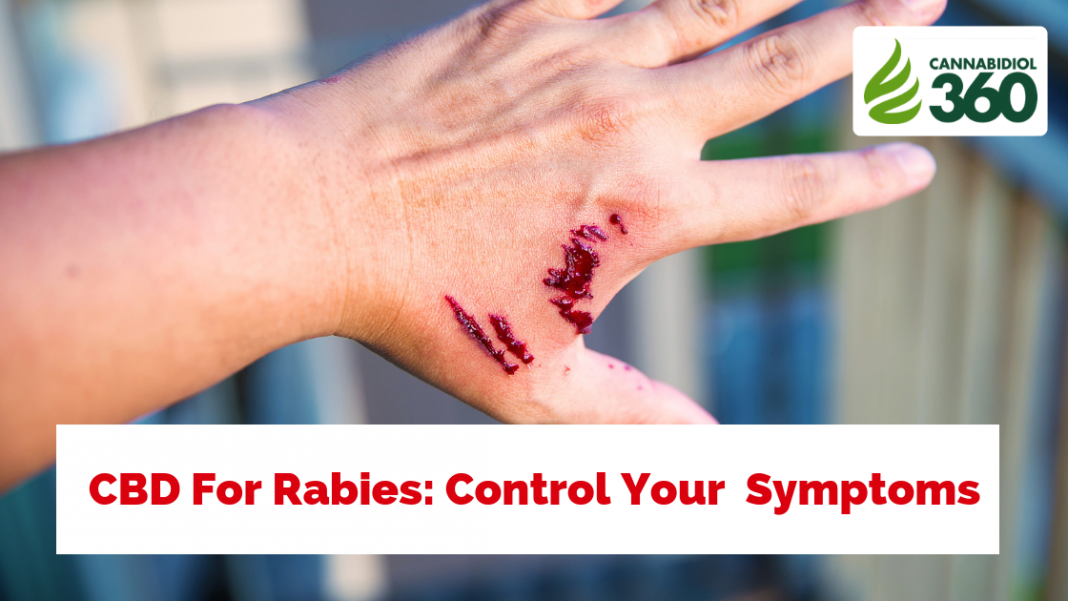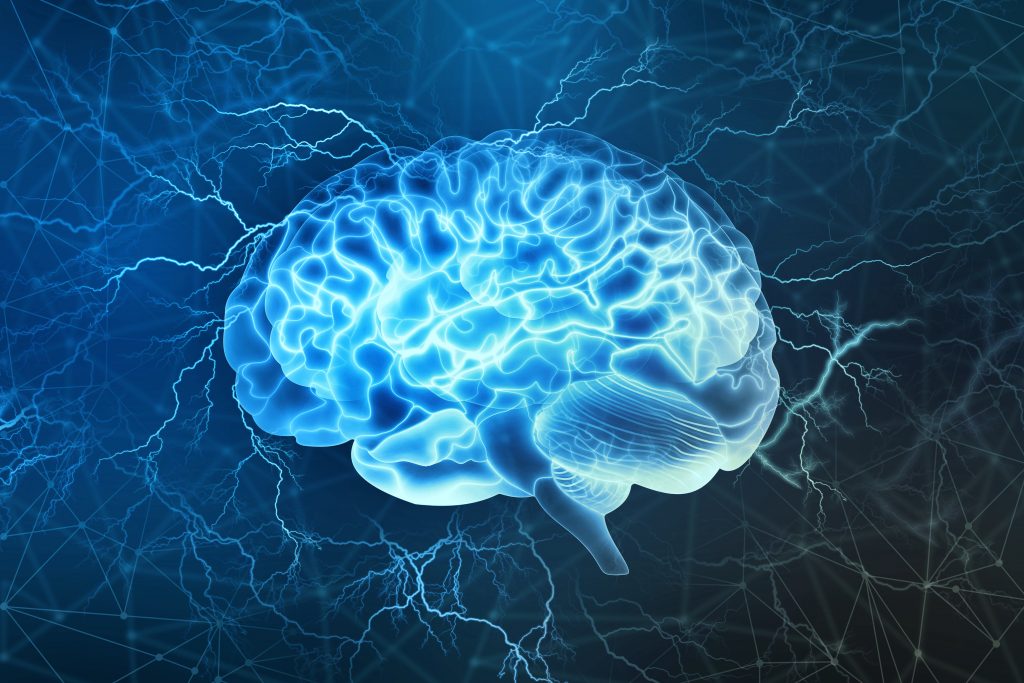
In the olden days, rabies used to kill people left, right and center. Within a month of contact, the victim would slowly dwindle into a neurodegenerative death.
Usually doctor would not look for ways to treat it or save the life, any efforts were palliative.
Rabies is a virus that is passed between mammals when their fluids come into contact. The virus enters the body through the point of contact. It then slowly and progressively travels up the nerves into the central nervous system.
Here it brings about inflammation of the brain, also called acute encephalitis, a fatal condition. The patient will also suffer hydrophobia which is fear of water or moisture, which is a key symptom to look for.
There will also be muscle spasms. Patients will often times experience a weird tingling sensation on the point of entry.
Stages of the Lyssavirus
The incubation period is estimated to be between a week and a year. This time period can vary based on two factors.
The first determining factor is the location of entry, basically how far does the virus need to travel before it arrives at the CNS.
The second determining factor is the potency of the virus, obviously the incubation period will be shorter for viruses with more potency.
There are five stages from rabies infection to death, the first being incubation.
The second stage is prodrome, at which time clinical symptoms begin to emerge. Usually the symptoms will be non-specific thus making it difficult to directly diagnose a patient with rabies.
The third stage is acute neurologic, during which patients will notice symptoms of CNS dysfunction. At this point, the Lyssa virus (rabies) can be classified as furious or paralytic. After this comes the 4th and 5th stages, the possibility of coma or even death.
As mentioned above, there are two forms of rabies. The first is very dramatic with hyperactivity followed by death within a few days.
The second form is a less dramatic paralysis followed by a coma and then of course, death. In the second one, paralysis occurs as the virus travels up the synaptic junctions.
Caution and Facts

It is estimated that 99% of rabies deaths are attributed to dogs. In America, Australia and Western Europe bats are also common causes of rabies in human beings.
It has been reported that rabies still causes 60,000 deaths each year. Despite the advancement in science and the vaccinations available now.
As a measure to reduce the risk of rabies, one should consider vaccination of the family pets. People in high risk jobs should also consider immunization. For example people who work in research labs with such animals or those who research the virus itself.
After a suspected contracting of the virus, you must wash the area thoroughly with soap, water and disinfectant. One is advised to wash for at least 15 minutes.
Deaths from rabies in poverty stricken areas are still prevalent. This is due to the expense related with post-exposure prophylaxis. This is medication meant to disable the virus before it reaches any further up the chain to the CNS.
Cannabis for Rabies: Mini History
It is said that the father of medical cannabis, Sir William Brooke O’Shaughnessy, was the first to use cannabis to manage rabies back in 1843.
Unfortunately, his patient died but a lot was revealed as pertains to the possibilities of cannabis efficacy for rabies. He noted that the patient was able to drink juice. With the hydrophobia caused by rabies, this would be impossible.
It can be hypothesized that the cannabis helped treat that symptom. The good doctor also noted a normal pulse rate, reduced spasms, less sweating and lower anxiety.
Despite the death of the patient, the last moments were made better with the influence of medical cannabis. So at the very least, marijuana can be used to manage these symptoms.
Later in 1874 another person tried to use cannabis as a palliative aid for an infected boy who had been exposed to rabies a month before. This means that the virus was pretty far advanced.
It was reported that the boy would fall into a deep sleep after an administration of cannabis. He would later wake up with improved symptoms.
After nine days he was completely recovered and exhibited no signs of brain damage from the virus. This is better explained by the Milwaukee protocol.
Milwaukee Protocol

According to the Milwaukee protocol, the effects of the virus are worsened by brain activity. This has been proven by using pharmacological agents to induce comas after exposure to the virus.
The general conclusion is that if brain function is slowed down. If cerebral blood flow is slower, the immune system gains the capability to deal with the virus.
CBD for Symptoms
Studies have found CBD to be an antispasmodic and anticonvulsant. Convulsions and spasms are common in rabies infected people and are caused by injury to the nervous system.
CBD has been used effectively to treat these symptoms in other conditions like MS.
The problem here is that the mechanism of CBD is unknown in either instance. The symptoms from each of the conditions happen under different circumstances.
Viable Option
The use of cannabis for rabies has not been widely researched, so it is not 100% clear how everything works. The evidence is flimsy, but not so flimsy that there is no chance of viability.
At the very least, cannabis can be used as an adjunctive. It can be used to strengthen the post exposure prophylaxis. To help repair whatever damage there might have been to the nerves.












